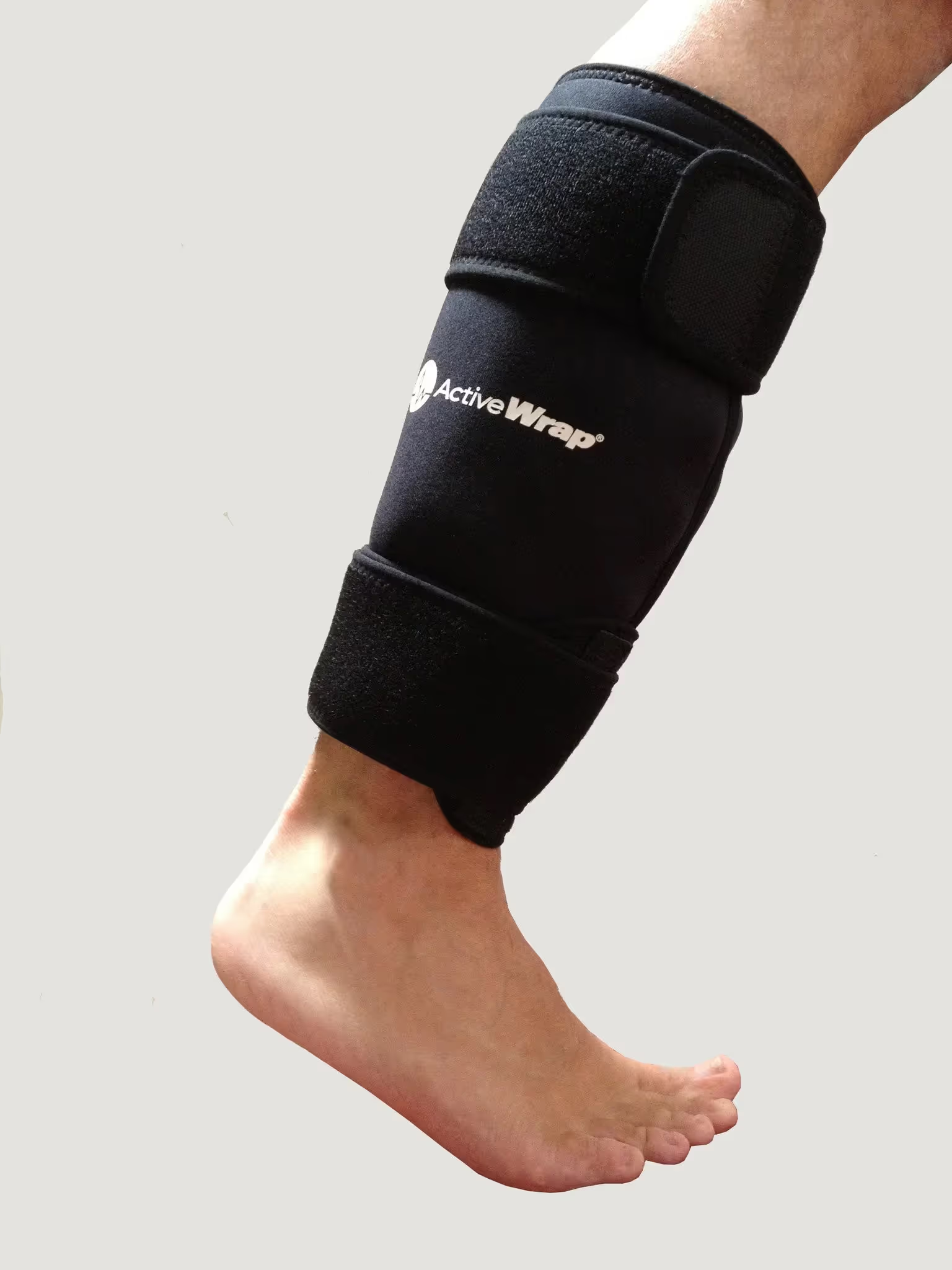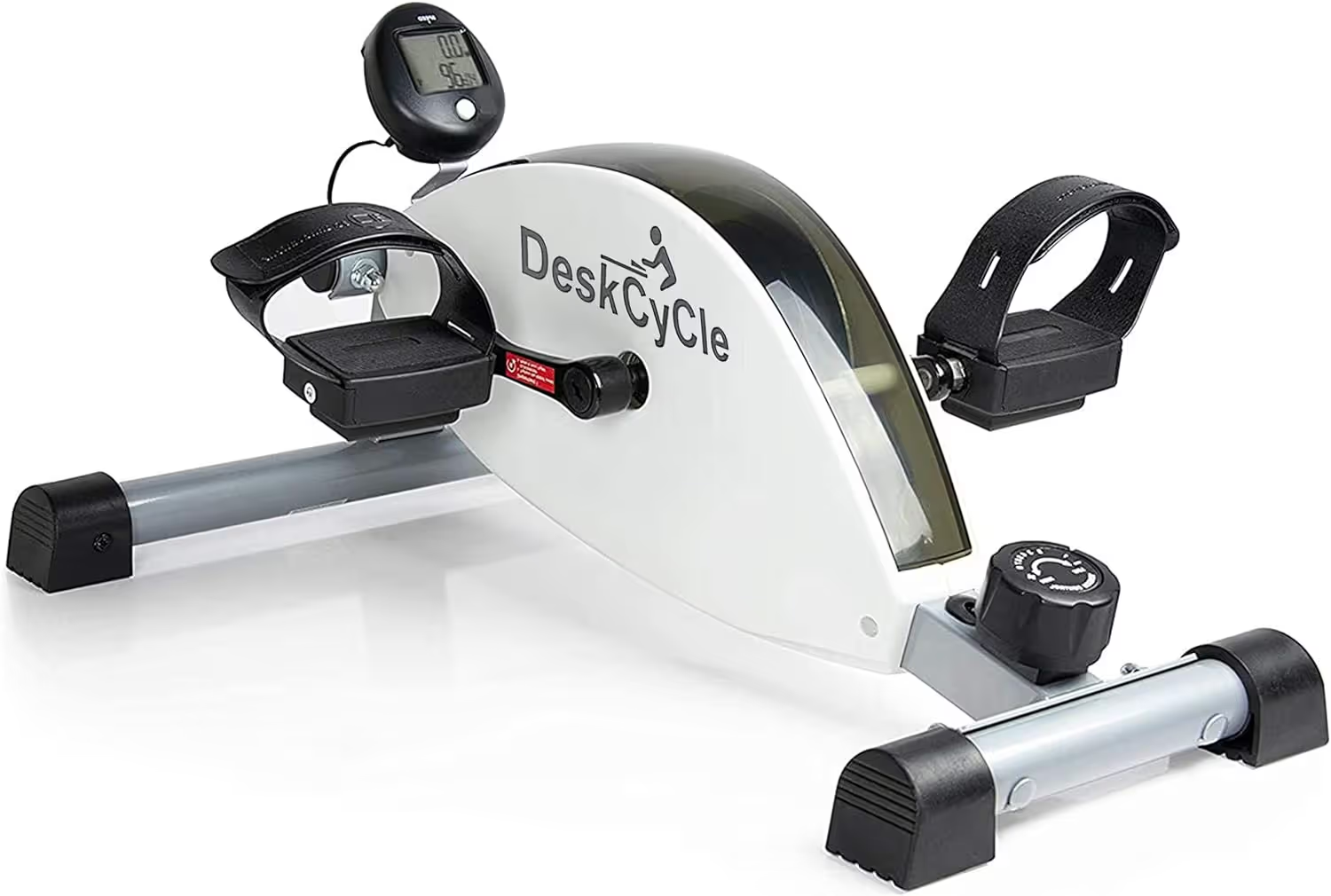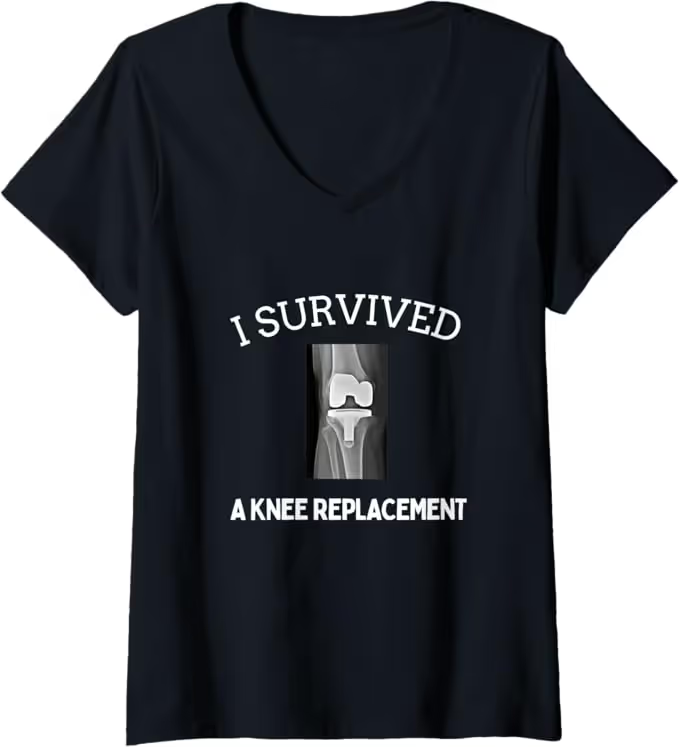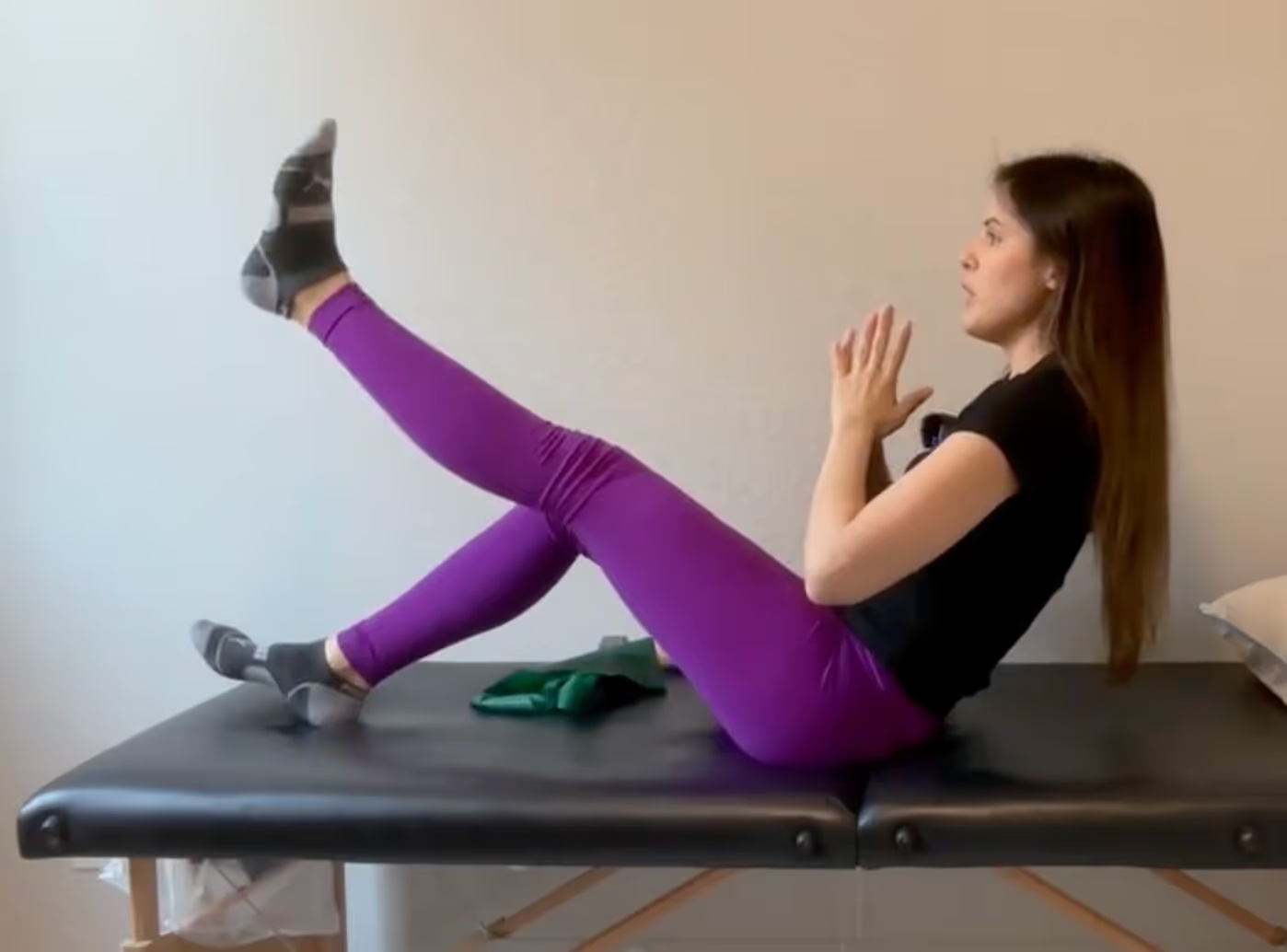A knee replacement is a procedure where the surgeon removes the bones of the knee and replaces them with metal. This is very successful surgery and one of the most common surgeries to date. However, the rehab post surgery is very lengthy and uncomfortable. Knowing what to expect can help you progress with your therapy, improve your outcomes and get you motivated to get back to the life you want to live.
Day 1 Post Surgery
The first day after surgery you will still be in the hospital or surgery center. Some surgeons do send patients home the first day after surgery if you have minimal co-morbidities, have help at home and are a younger age. After surgery, you will notice your knee swollen and wrapped up in an ace bandage. Underneath that ace bandage, there is usually a foam padding or gauze to protect your knee and then your surgical bandage. You won’t have severe pain because of the nerve block used to control the pain post surgery. But be prepared, the nerve block wears off in 18-36 hours, so please take those pain pills as prescribed.
After surgery, your knee will feel like a ton of bricks and you might not be able to move it much. It will be difficult to move around in bed and to lift your leg to get in and out of bed. It will be achy and sore to the touch. You might even have aching all the way to your shin and thigh. The first day after surgery you will be able to walk on your knee and even go up stairs. You knee is as strong as it will ever be right after surgery, but the soreness will leave you apprehensive to putting too much weight on it or doing too much.
The first day after surgery, you will be expected to start PT exercises. Usually the first exercises prescribed are quad sets, glute sets, ankle pumps, heel slides and short arc quads. These exercises are given to help contract the muscles and help move blood and swelling out of that leg.
Quad sets: In the laying position, with the leg straight out, push your knee down towards the bed and contract your quad muscle. These should be fairly painless, but you might not notice complete contraction of the quad muscle.
Glute sets: AKA butt squeezes. In the laying position, squeeze your bottom together. These should be painless and easy to do.
Ankle pumps: In the laying position, bring your toes towards you and away from you. These should also be painless and easy to do.
Heel slides: In the laying position, with your knee straight, bend the knee and slide your heel on the bed. These will be hard to do. Your knee might still be wrapped in an ace bandage and your leg is swollen causing difficulty with bending.
Short arc quads: In the laying position, with a pillow under your knee, straighten your knee. This exercise will be difficult due to quad weakness and pain.
From a PT perspective, any exercises that cause severe or sharp pain should be performed with caution. Please consult your PT if you are having difficulty with any of these exercises.
After you have demonstrated you are safe to go home, you can walk, climb stairs (if needed) get in and out of a chair/car, you will be discharged home. Hopefully, you are discharged home with home health PT to help you with your symptoms and exercises. Your symptoms will change a lot over the next few weeks and you will have a lot of questions. Expect increased soreness and pain when you get home and always call your surgeon with any concerns you may have.
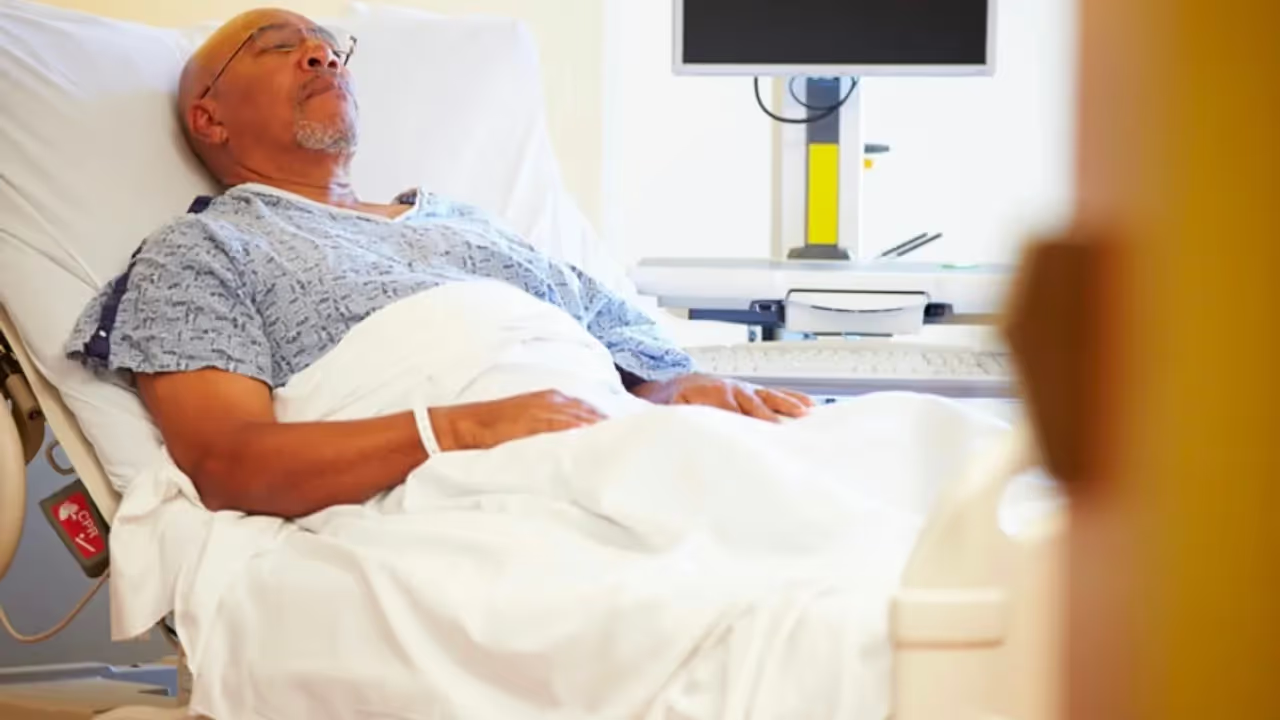
.avif)
